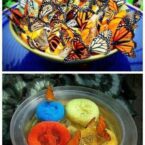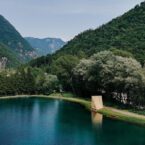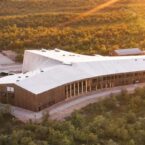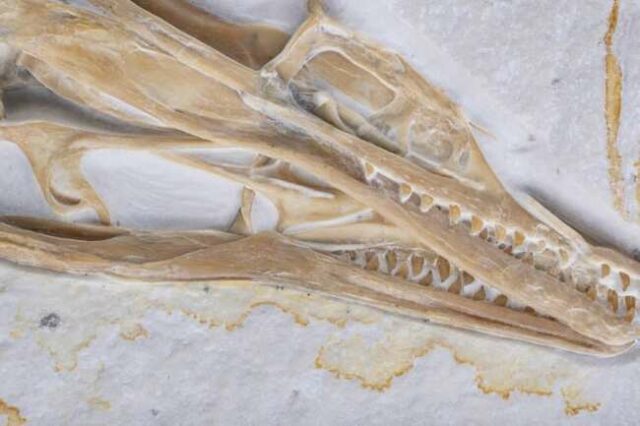
The Field Museum in Chicago is currently exhibiting one of the most significant paleontological finds: a rare and remarkably well-preserved skeleton of the Archaeopteryx, a bird-like dinosaur. The discovery of the first Archaeopteryx fossil in 1861 played a crucial role in supporting Darwin’s theory of evolution by illustrating the connection between dinosaurs and birds. This fossil, often hailed as the most important ever discovered, provided concrete evidence that birds are the closest living relatives to dinosaurs. The presence of this specimen at the Field Museum offers a unique opportunity for science enthusiasts in the Western hemisphere, as no other major museum in this region holds an Archaeopteryx fossil. This fascinating creature, which once roamed what is now Europe, bridges the evolutionary gap, showing characteristics that link small, modern birds to their colossal, reptilian ancestors like T. Rex.

Field Museum CEO and President Dr. Julian Siggers has emphasized the significance of this acquisition, equating it to the museum’s renowned SUE the T. rex. Despite its small size—comparable to a pigeon—this Archaeopteryx fossil, found in Germany’s Solnhofen limestone deposit, offers invaluable insights. Its features, such as a snout with sharp teeth, clawed wings, a long bony tail, hollow bones, and asymmetrical feathers, exhibit both reptilian and avian traits, making it a vital piece of the evolutionary puzzle. Initially discovered by private collectors in 1990 and acquired by the Field Museum in 2022, the fossil arrived encased in rock. The museum’s preparators meticulously preserved its fine details, enhancing its scientific value. Visitors can marvel at this extraordinary specimen in a temporary exhibit until June 7, 2024, before it becomes a permanent part of the Field Museum’s collection in September.

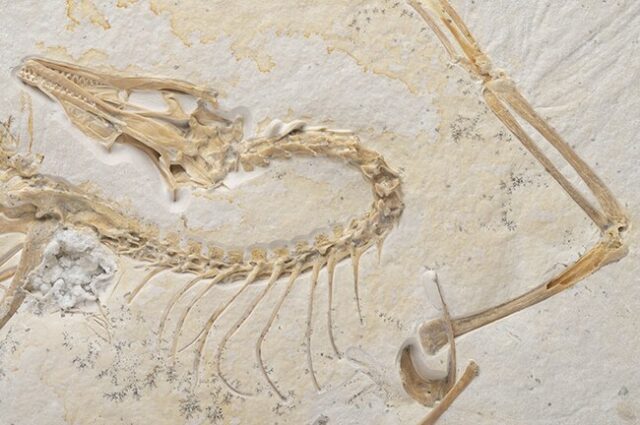


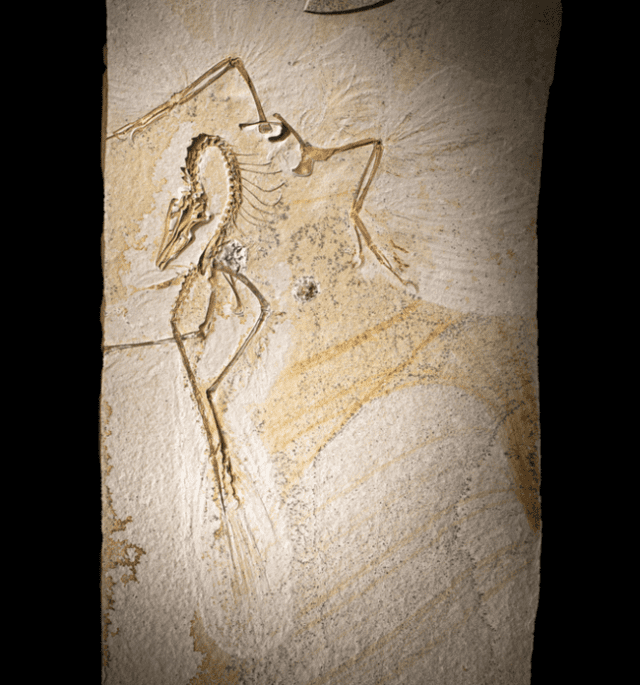

The potential of cannabidiol (CBD) in treating various ailments in pets has generated considerable interest among scientists and pet owners alike. Case reports and early studies suggest that CBD, a non-psychoactive component of cannabis, may offer relief for conditions like arthritis, allergies, and anxiety in dogs. For instance, anecdotal evidence from pet owners highlights instances of dogs experiencing significant improvements in mobility and reduction in seizure frequency after CBD administration. Chie Mogi, the lead veterinarian at the Animal CBD Research Society in Japan, has documented cases where dogs benefited from CBD, showing improvements where traditional treatments had failed. Such reports are bolstered by more controlled trials that indicate CBD’s potential efficacy. Veterinary neurologist Stephanie McGrath from Colorado State University, who coauthored a review on CBD for pets, points out that while the evidence remains mixed, the positive outcomes in these trials provide a hopeful outlook for incorporating CBD into veterinary medicine. Continue reading “The Science on CBD for Pets: Scientists Hope it Can Help 4-Legged Patients with Arthritis, Allergies and Anxiety” »

IKEA has introduced its first-ever pet product range, Utsådd, in collaboration with Woodgreen Pets Charity, catering specifically to the needs of cats and dogs. This innovative collection, comprising 29 thoughtfully designed items, focuses on the primary activities that pets engage in within the home: eating, sleeping, playing, and hiding. According to IKEA’s commercial manager Michaela Quinlan, the goal of Utsådd is to create products that both pets and their owners will appreciate, ensuring comfort and style seamlessly integrate into the home environment. The collection features an array of items such as rattan beds, scratching posts, and patterned toys, all aimed at enhancing the daily lives of furry companions.

The partnership with Woodgreen Pets Charity highlights IKEA’s commitment to animal welfare, especially in light of the 62 percent increase in abandoned pets reported by the charity in 2023. By donating all the furniture from the Utsådd collection’s catalogs—dubbed the “Cat-alogue” and “Dog-alogue“—IKEA is not only raising awareness about pet adoption but also providing tangible support to the charity’s mission. The catalogs feature products like a pitched-roof cat bed, a raised rattan cat house, and various soft toys for dogs, all photographed with animals from the rehoming center. Fiona Cooke, Woodgreen’s head of specialist services, emphasized the importance of creating safe and enjoyable spaces for pets, both at the rehoming center and in their future homes. This initiative by IKEA underscores its broader design ethos of inclusivity and innovation, as seen in their other recent collections unveiled at international design events.




Sixty years after being selected as a candidate to become the first African-American astronaut, Edward Dwight finally realized his dream by blasting off with Blue Origin on Sunday. At 91 years old, Dwight made history as the oldest person to ever travel to space, surpassing Star Trek actor William Shatner’s previous record. Riding aboard the New Shepherd rocket, Dwight experienced a 10-minute flight above the Kármán Line, the boundary separating Earth’s atmosphere from outer space. Overwhelmed by the experience, he told NPR, “Fantastic! A life-changing experience. Everyone needs to do this! I didn’t know I needed this in my life, but now I need it in my life.”

Dwight’s journey to space has been a long and inspiring one. During the Kennedy Administration, he was selected as a promising candidate for NASA’s Astronaut Group 3, receiving thousands of letters addressed to ‘Astronaut Dwight, Kansas City.‘ Despite accumulating over 9,000 flight hours and holding an aeronautics degree from Arizona State University, Dwight was not ultimately chosen to go to space. Instead, he pursued a successful career as an artist and sculptor. His long-awaited journey to space was made possible by a group of benefactors who honored his contributions and legacy. Now, Dwight’s ambition extends even further: “I want to go into orbit. I want to go around the Earth and see the whole Earth. That’s what I want to do now,” he shared with NPR.

Designed by Portugal’s Madeiguincho, the Brava tiny house is a masterful blend of timber craftsmanship and efficient space utilization, perfect for a cozy dwelling for two. Measuring just 12 square meters, this compact abode is a testament to Madeiguincho’s deep-rooted expertise in woodworking, honed over years by a family of carpenters. Situated on a picturesque farm in the Portuguese countryside, the Brava serves as a tranquil retreat for an artist and her daughter. Despite its small footprint, the Brava is thoughtfully designed with a space-saving layout that maximizes functionality without compromising comfort. The exterior boasts a charming wooden finish and a small porch area, extending the living space and providing a delightful spot for outdoor dining and relaxation. Continue reading “This Timber Tiny House Is the Ideal Space-Saving Yet Comfy Home for Two” »
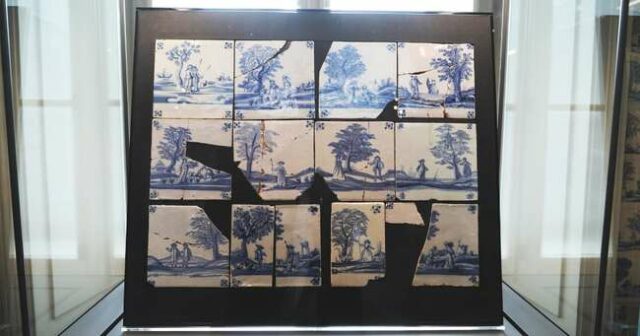
In a fascinating turn of events, a Polish museum received a mysterious package containing priceless 17th-century tiles that had been missing for decades. These tiles originally adorned the Palace on the Isle in Warsaw, which is now part of the Royal Łazienki Museum. Commissioned by Polish nobleman Stanisław Herakliusz Lubomirski, the tiles once decorated a Baroque bathing pavilion. The palace, which later served as private quarters for King Stanisław August, suffered significant damage during World War II, including attempts by the Nazis to demolish it. Remarkably, twelve tiles escaped the destruction. These Dutch ceramic tiles, dating from 1690 to 1700 and featuring intricate patterns of trees and shepherds, were a symbol of wealth and influenced by French fashion. Their unexpected return has been a joyous event for the museum, particularly as it prepares for an exhibition on Lubomirski’s legacy.
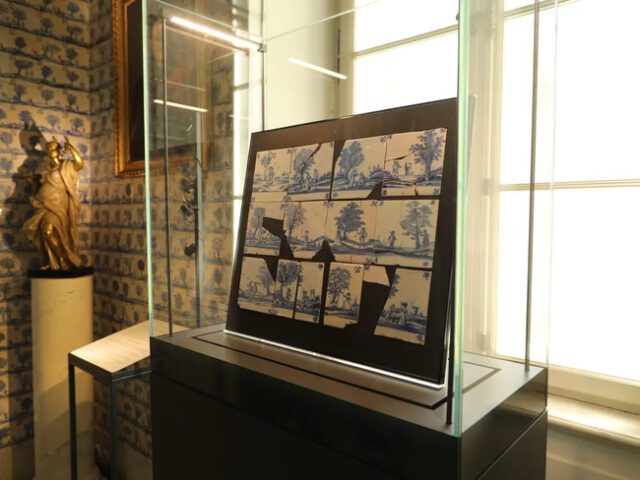
Curators at the Royal Łazienki Museum were thrilled when the tiles arrived just in time for the new exhibition dedicated to Lubomirski. The package, sent from Canada by an anonymous donor who requested their return before his death, has sparked an investigation into how these tiles ended up overseas. Despite some pieces being broken, the excitement over their return remains undiminished. The Polish Culture Ministry described the situation as “a ready-made scenario for a movie.” The tiles have since been reassembled as much as possible and are now a highlight of The Art of Thinking Well: The Legacy of Stanisław Herakliusz Lubomirski, an exhibition running until September 1, 2024. This recovery not only enriches the historical narrative of the palace but also underscores the enduring legacy of cultural heritage and the remarkable journeys artifacts can undertake before finding their way back home.
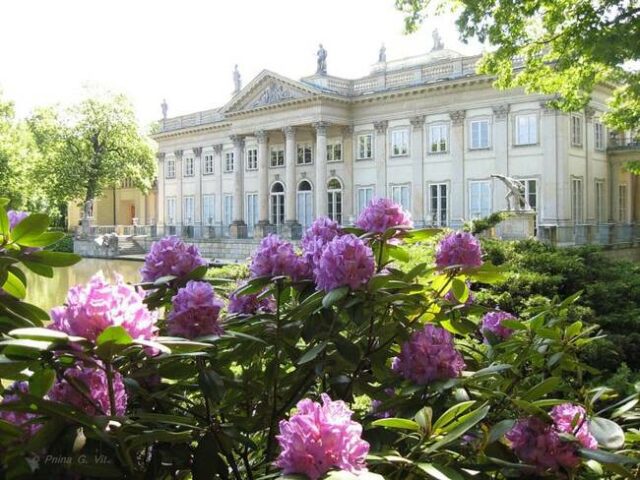

If you want to turn your outdoor space into a tranquil oasis without breaking the bank, look no further. Gardening enthusiast Marta has shared an ingenious and affordable way to create a beautiful water feature using simple, budget-friendly materials. Her viral TikTok video, which has garnered over 2 million views, demonstrates how to construct a charming DIY garden water fountain. Marta starts by placing a large plant pot filled with pebbles for stability, then adds a slightly larger pot saucer on top. She then installs a solar-powered water fountain kit, which can be purchased for less than £15 on Amazon, covering it with more pebbles for an elegant finish. To complete the setup, she fills the fountain with water using a watering can, resulting in a stunning, self-sustaining water feature. Continue reading “Gardening Whizz Shared the Cheap Way to Make Your Own Water Fountain Where You Won’t Have to Pay for Electricity or Water” »

Two apartments ago, Kylie McConville and her boyfriend, experienced a rare New York City luxury: a small backyard. This unexpected perk allowed them to transition from small-space indoor gardening to constructing their own DIY raised garden bed, where they enjoyed bountiful harvests of kale, herbs, zucchini, and eggplant for two blissful years. When the couple moved again, they adapted their green thumbs to balcony and hydroponic gardening, sharing their passion with friends and family. This led to them building a raised garden bed as a housewarming gift for Kylie’s sister when she bought her first home. Her enthusiasm was so infectious that when she wanted another garden bed this spring, the couple jumped at the chance, determined to make it even easier by using no power tools—just wood and concrete planter wall bricks. Continue reading “How to Build a Raised Garden Bed in 2 Hours for Under $200 (Without a Single Tool!)” »

Beverly Lofton transformed her water-thirsty lawn in South Los Angeles into a flourishing micro-farm, a significant shift in an area known for its heat, water shortages, and urban sprawl. This verdant space, powered by solar energy and utilizing recycled water, now produces a variety of crops such as carrots, beets, and potatoes, which are distributed among her neighbors. The initiative is not only a bold move against the dominance of concrete and cars but also serves as a direct challenge to food insecurity and large-scale agriculture. Lofton’s micro-farm stands as a beacon of sustainability and community resilience in a neighborhood often labeled as a “food desert,” highlighting the potential of urban farming to address critical issues like food apartheid. Continue reading ““I Swapped My South LA Lawn for a Verdant Micro-farm” – Now She Feeds the Neighborhood” »
































